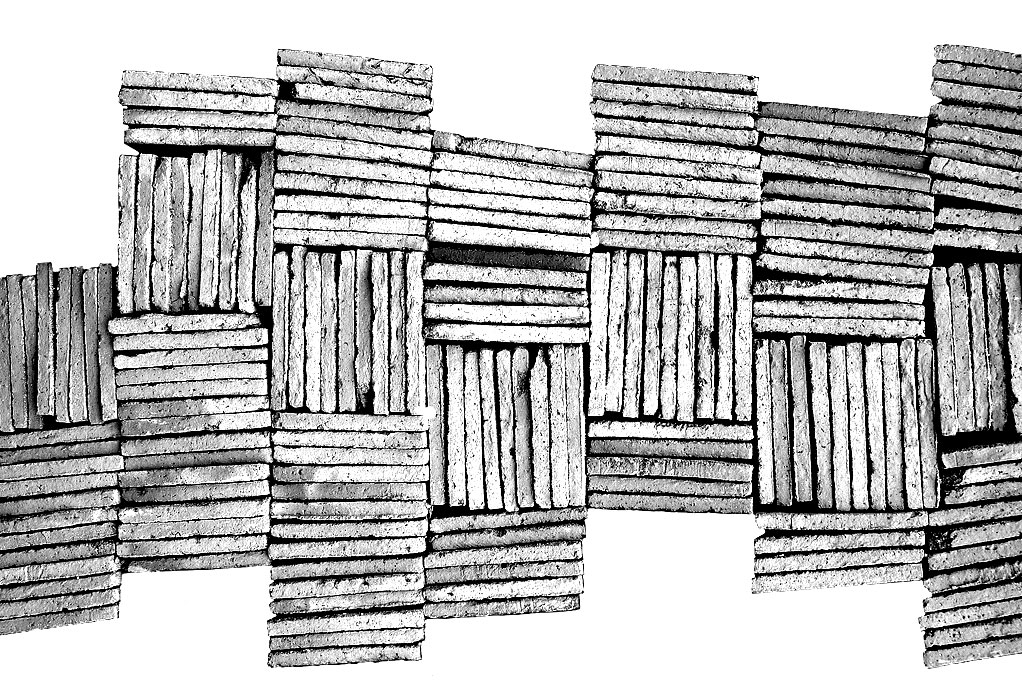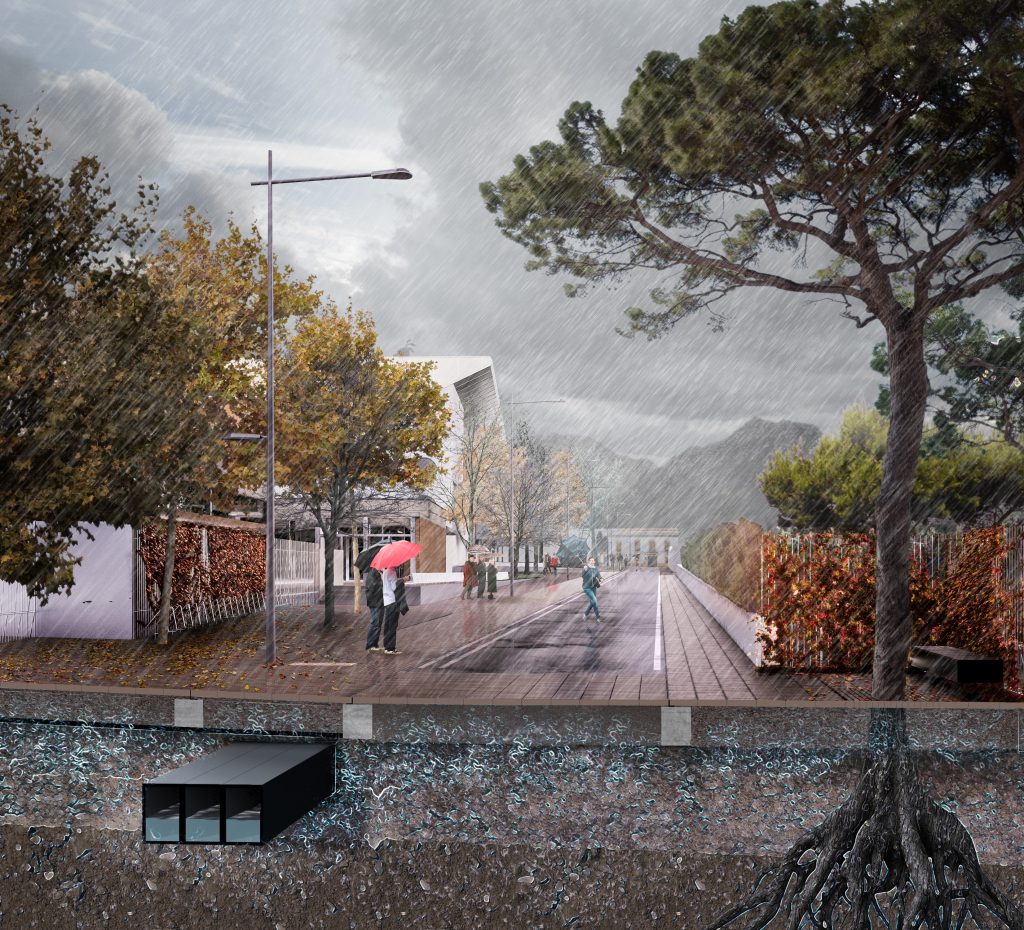
El estudio F-VA ha sido seleccionado por el Instituto de Tecnología Cerámica de Castellón ITC para colaborar en el desarrollo de un sistema urbano de drenaje sostenible con pavimento cerámico CERSUDS, en el marco del proyecto europeo para la adaptación de las ciudades al cambio climático LIFE. La propuesta consiste en la investigación, desarrollo y aplicación de un pavimento cerámico permeable, reutilizando productos de bajo valor comercial, que asociado a un Sistema Urbano de Drenaje Sostenible se convierta en una solución de referencia en las intervenciones en entornos consolidados vinculadas a la creación de Infraestructuras Verdes Urbanas. La reducción de las emisiones de CO2 asociada a la fabricación de pavimentos gracias al reciclaje del material cerámico en stock, la disminución de las superficies de suelo sellado en las ciudades, la recuperación de los sistemas naturales de infiltración para evitar inundaciones y la reducción del calentamiento conocido como efecto «isla de calor», son los objetivos concretos a los que este proyecto dará respuesta proporcionando resultados cuantificados y verificables. Esta colaboración se concretará en el diseño del demostrador a realizar en la reurbanización de la Calle Torre Sant Vicent de Benicàssim y en la redacción de los proyectos para su réplica en Aveiro (Portugal) y Fiorano (Italia).
FICHA TÉCNICA: OBRA: Life Cersuds. Proyecto de investigación financiado por la Unión Europea. LUGAR: Calle Torre Sant Vicent, Benicàssim. ESTADO: Proyecto. ARQUITECTO: Enrique Fernández-Vivancos González. PROMOTOR: Unión Europea. SUPERFICIE: 2.988,05 m2. PRESUPUESTO: 1.645.460€. FECHA DE FINALIZACIÓN: 2018. EQUIPO REDACTOR: Juan Antonio Lluna Andreu (arquitecto colaborador), Claudia Riera Ferrer (arquitecto colaborador).
F-VA studio selected by the Instituto de Tecnología Cerámica de Castellón ITC to collaborate on the development of the ceramic sustainable urban drainage system, within the European Project for the adaptaion of cities to the climate change LIFE CERSUDS. The proposal consists in the research, development and application of a permeable ceramic pavement reusing products of low commercial value, which associated to a Sustainable Urban Drainage System (SUDS) is transformed in a reference solution of interventions at consolidated surroundings linked to the creation of Green Urban Infrastructures. The reduction of CO2 emissions associated to the manufacturing of pavements thanks to recycling the material of the ceramic stock, the decrease of the sealed floor areas in the cities, the recovery of natural infiltration systems to avoid flooding and the reduction of the heating known as “heat island” effect, are the aims to which this project will give response providing qualified and verifiable results. This collaboration will be implemented in the design of the demonstrator to perform in Benicàssim and drafting of projects for replication in Aveiro (Portugal) and Fiorano (Italy).
DATA SHEET: PROJECT: Life Cersuds. Research project funded by the European Union. LOCATION: Calle Torre Sant Vicent, Benicàssim. PROJECT STATUS: Design. ARCHITECT: Enrique Fernández-Vivancos González. PROMOTER: European Union. AREA: 2.988,05 m2. BUDGET: 1.645.460€. COMPLETION DATE: 2018. TEAM: Juan Antonio Lluna Andreu (associate architect), Claudia Riera Ferrer (associate architect).


